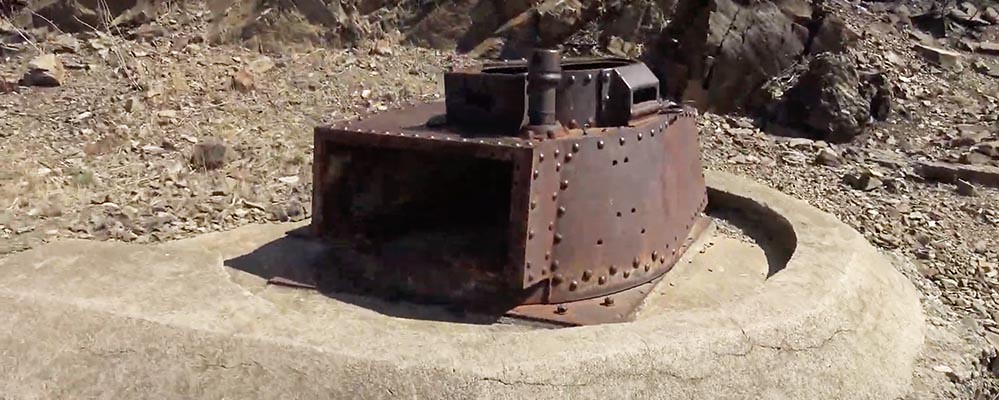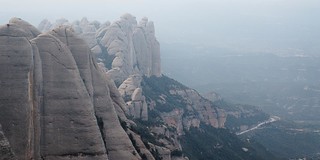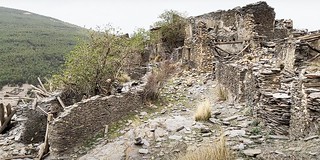The remains of a Czechoslovakian tank in the French-Spanish border bunkers
As a consequence of the Second World War, the Pyrenees became a potential conflict zone, which led to the fortification of both sides of the border.
Two years ago, courtesy of Aventuras Entresierras, whose excellent YouTube channel did not I get tired of recommending, we already saw in Explorando.info an interesting video about P Line, a line of forts created during the aforementioned conflict and in the post-war years to defend the Spanish Pyrenean border. After that, Aventuras Entresierras published a new video about P Line, specifically on theBattery Puig Claper, in the province of Gerona and next to the border with France. The visit to these forts shows fascinating caves used as magazines (and today inhabited by two small bats), but there are no cannons in it, since it was dismantled before being abandoned.
Aventuras Entresierras took the opportunity to go to France, where it was able to visit the so-called "Caseta de los Alemanes" (German Hut), where an interesting vestige of the German occupation during World War II is preserved: a Panzerturm (also known as Panzerkuppel), which was what the Germans called the fortresses equipped with turrets from tanks or surplus from their manufacture.
In this case, the pillbox in question retains the turret of a Panzer 38(t), the German name for the Czechoslovakian battle tank ČKD LT vz. 38, a light tank that had been ordered in 1938 by the Czechoslovak Army, but failed to enter service before the German occupation of the country in March 1939. Germany continued production of this vehicle until 1942, building a total of 1,414 units, which were used by the armies of Germany, Peru, Romania, Slovakia, Sweden, Bulgaria, Hungary, Switzerland and Iran, fighting not only in World War II, but also in the Peruvian-Ecuadorian War (1941-1942). The video is in Spanish, but you can activate the automatic subtitles in English in the bottom bar of the player:
Once again, many thanks to Aventuras Entresierras for the very interesting videos they publish, which always help us to discover and learn new things.
|
Don't miss the news and content that interest you. Receive the free daily newsletter in your email: Click here to subscribe |
- Lo más leído
- An old Soviet military plane abandoned from 1971 on a Russian island near Alaska
- The unknown Soviet female cosmonaut who died on a mission: history or hoax?
- The supermassive black hole of Phoenix A, the biggest known light-devouring monster
- A night in an old hermitage more than 500 years old in the Montserrat mountain
- Sabbione: a beautiful Swiss town that looks like something out of 'The Lord of the Rings'
- The 'Bomber Glacier': The wreckage of a B-29 on a remote mountain of Alaska
- CRC Glons: exploring a NATO radar station that was abandoned in 2021

 ES
ES





Opina sobre esta entrada: